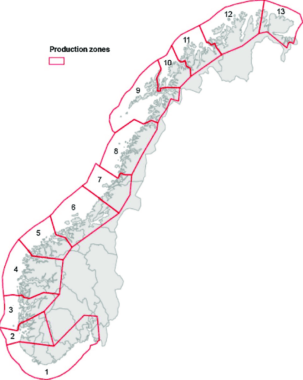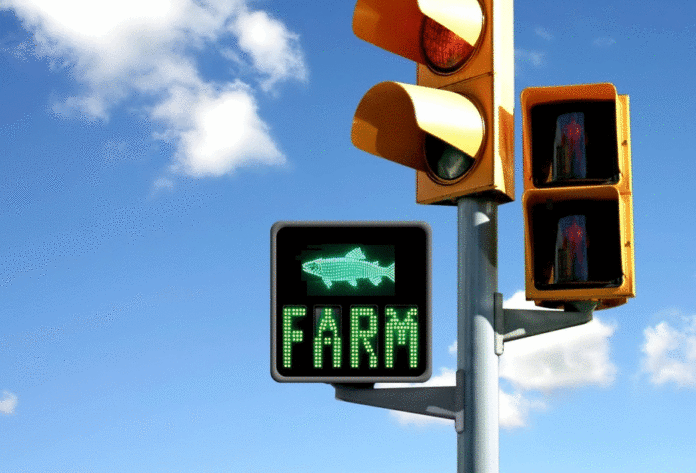What is Norway’s traffic light system for salmon farming and how does it work?
Since 2017, Norway has utilized a unique “traffic light system” to regulate Atlantic salmon production along its coast, aiming for predictable and sustainable growth in the aquaculture industry.
This system, overseen by the Fisheries and Oceans Ministry, categorizes the Norwegian coastline into thirteen production zones, managed based on environmental indicators, primarily sea lice infestation levels.

Each zone is assigned one of three colors – green, yellow, or red – which determine production regulations:
- Green Zones: Areas where salmon farmers are permitted to expand production due to minimal impact on wild salmon from sea lice.
- Yellow Zones: Zones where production levels are maintained, indicating a moderate impact on the wild salmon population.
- Red Zones: These areas face production reductions due to high sea lice levels adversely affecting wild salmon.
However, recent proposals have suggested changes to this system. An Aquaculture Committee report in September 2023 proposed removing the requirement for production reduction in red zones.
Instead, it recommended implementing “firewalls” between zones to prevent disease spread and additional measures, including a lice tax for farms exceeding infection limits and lower thresholds for action against parasites.
Following the 2024 allocation round, the Norwegian Government, led by Minister of Fisheries and Oceans Cecilie Myrseth, announced the updated color-coding. This year’s colors were based on scientific assessments of sea lice impacts on wild salmon in 2022 and 2023.
Consequently, six out of thirteen production areas have been given a green light for increased production, five are at yellow maintaining current levels, and two are at red, where production will be reduced.

